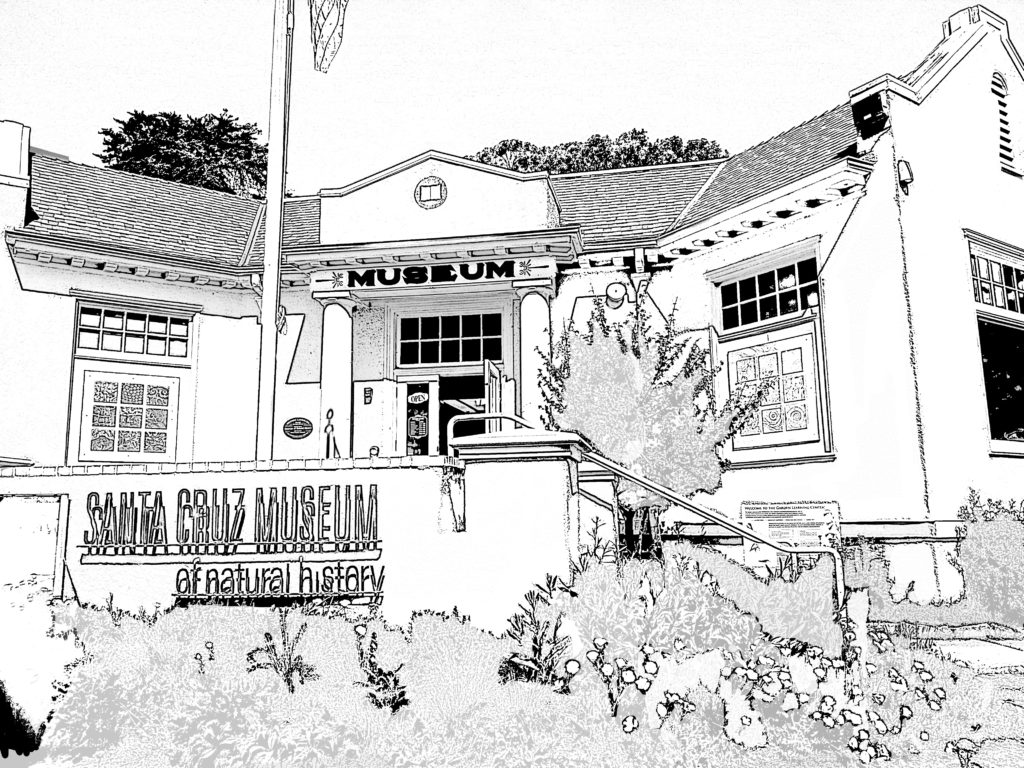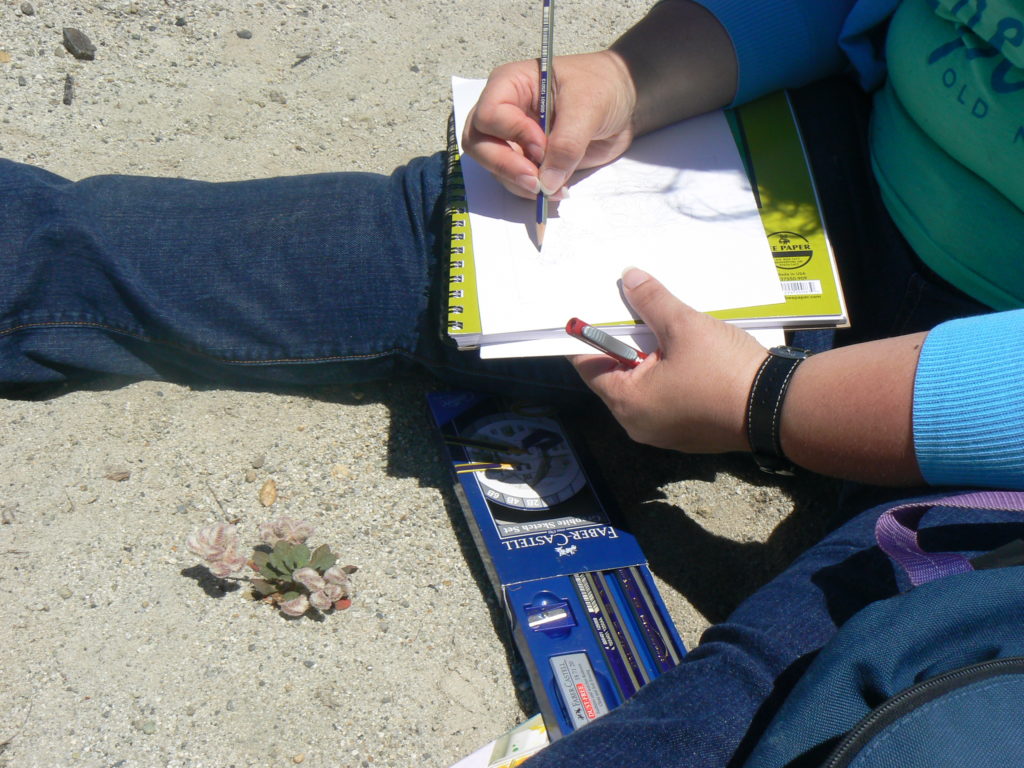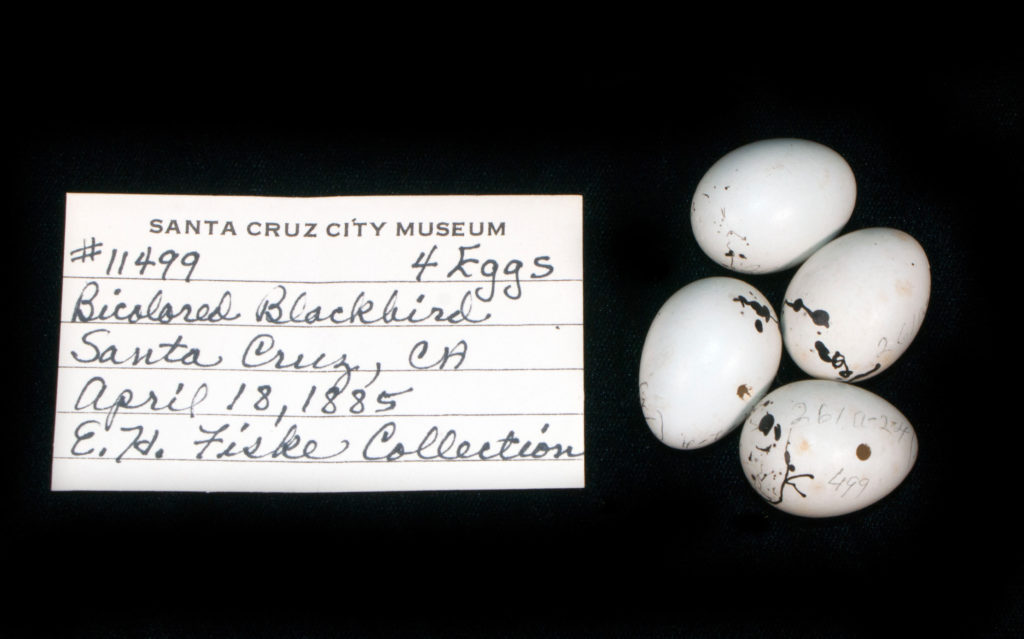Learn about different types of clouds, recording daily observations of clouds on your cloud chart, making weather predictions, and an experiment to make your own cloud at home!
What are clouds?
Clouds are made up of water droplets or ice crystals that float in the sky. We can learn a lot about the weather by looking at clouds.
Types of Clouds
Go outside and observe the clouds. Based on the diagram above, which clouds do you see today? If there are no clouds in the sky think about why that might be. Identify your clouds using this NASA Cloud Chart (Guía de las Nubes en español), and learn more about each type of cloud here.
Each day go outside and observe the clouds for one week and record your observations in this downloadable cloud chart. Make weather predictions based on what you have learned about different types of clouds. At the end of the week you can look back on your weather predictions and reflect on if they were correct or not. Use your data to see which clouds were most common during that week.
Download and print this worksheet to aid in your observations — or make your own!
My Cloud Chart (Spanish Version) (PDF)
Guiding Questions for Cloud Observations
- Are they high, middle, or low clouds?
- What do they remind you of? Do you notice any familiar shapes in the clouds today?
- Are the clouds blocking the sun or moon?
Optional: Pair this with our Weather Observation Activity
Try This: Make a Cloud in a Jar!
Materials: a jar, water, lid, and hairspray.
Kid-friendly instructions for making your own cloud: https://www.notimeforflashcards.com/2015/03/make-cloud-jar-kitchen-science.html
Post by: Elise



